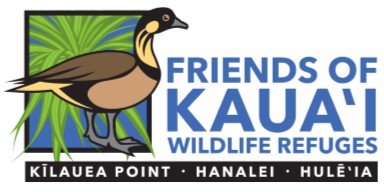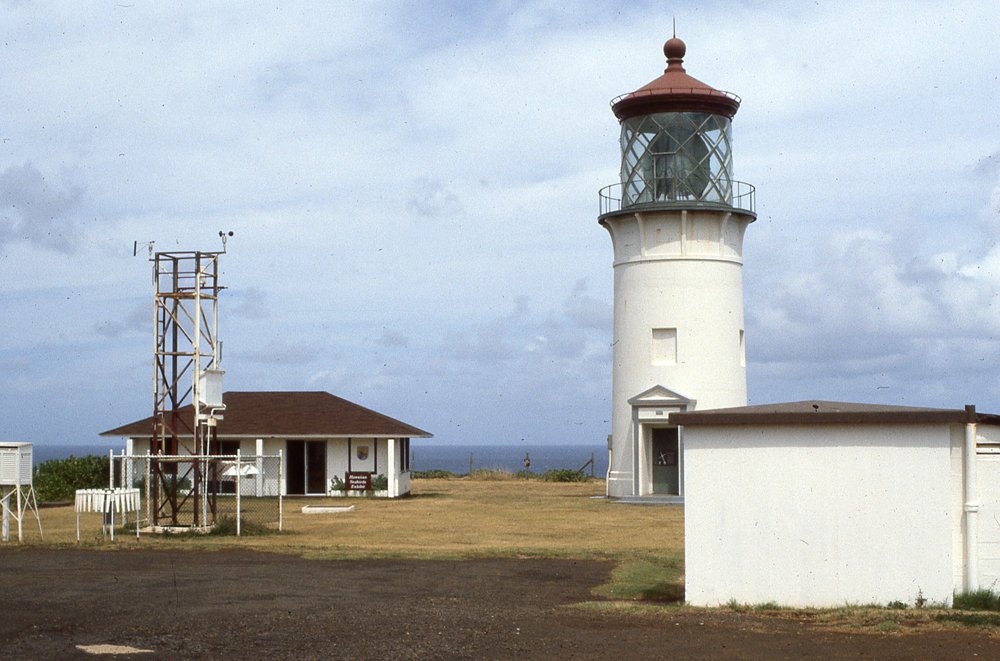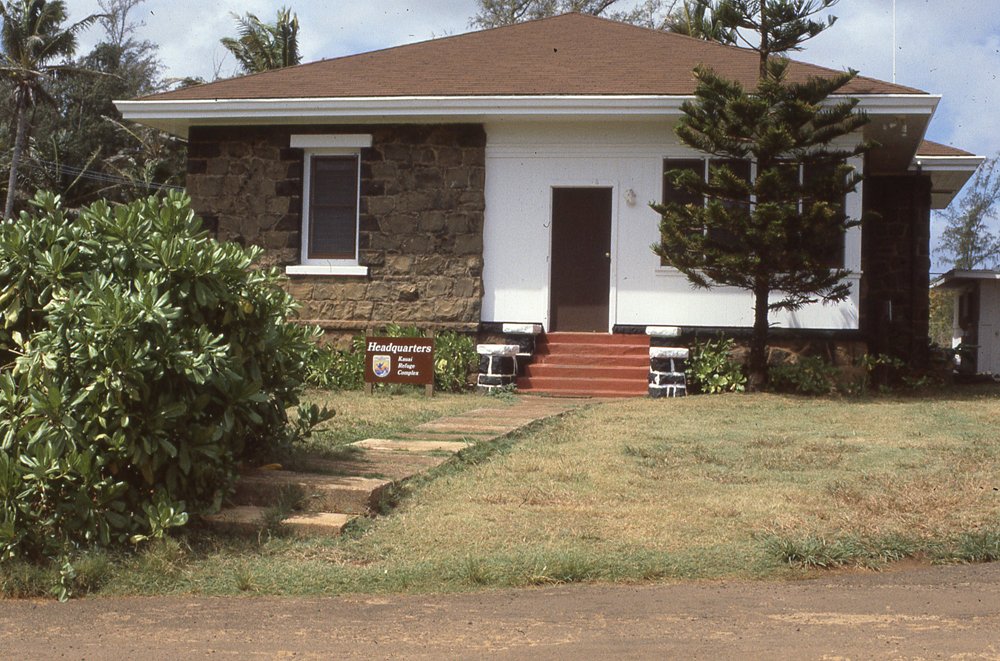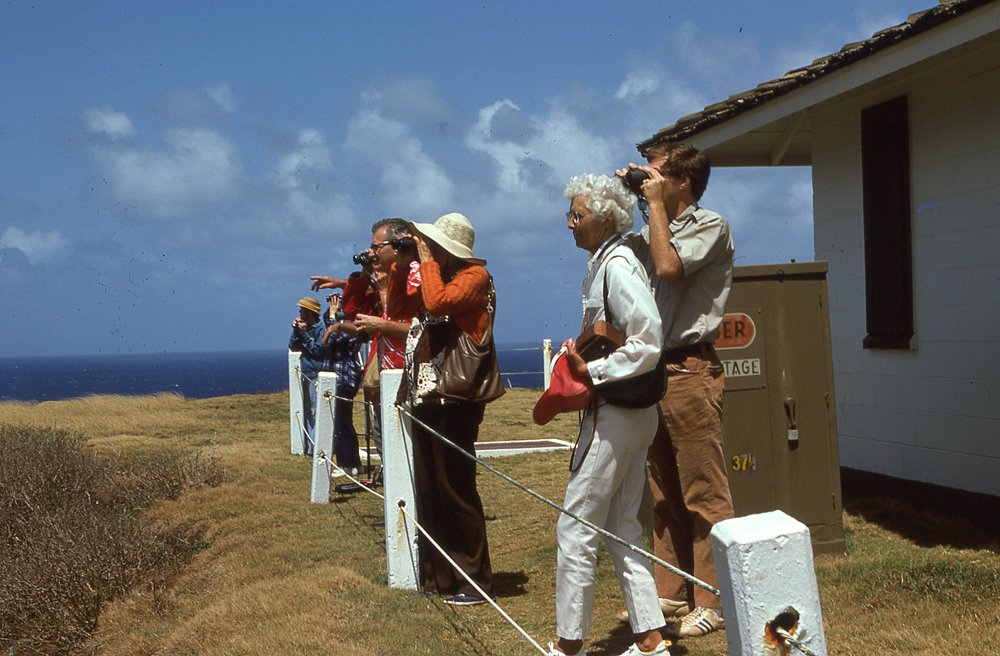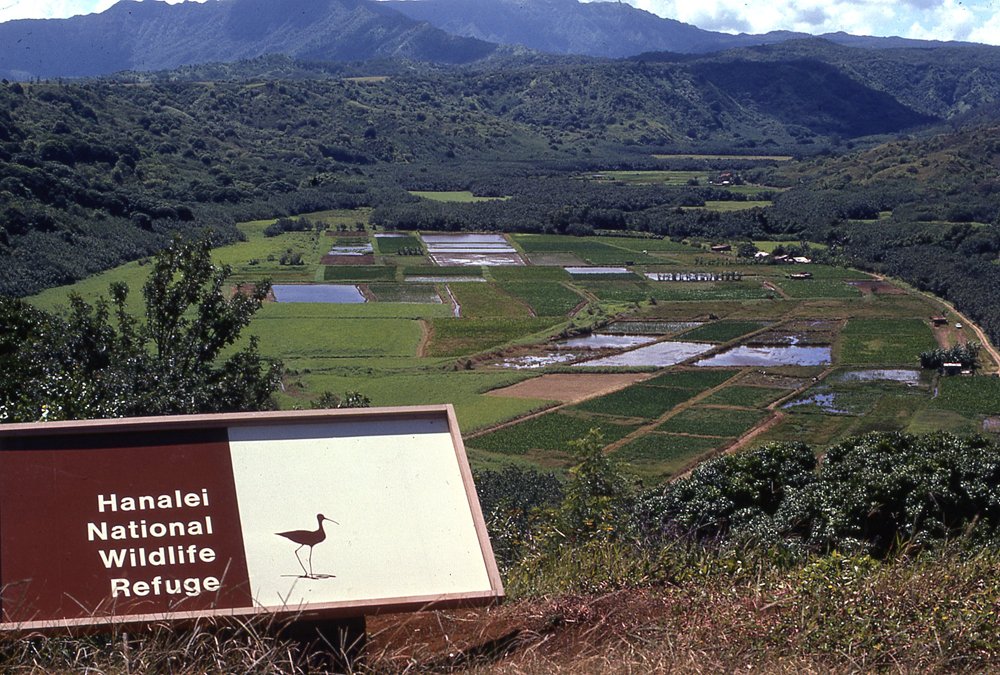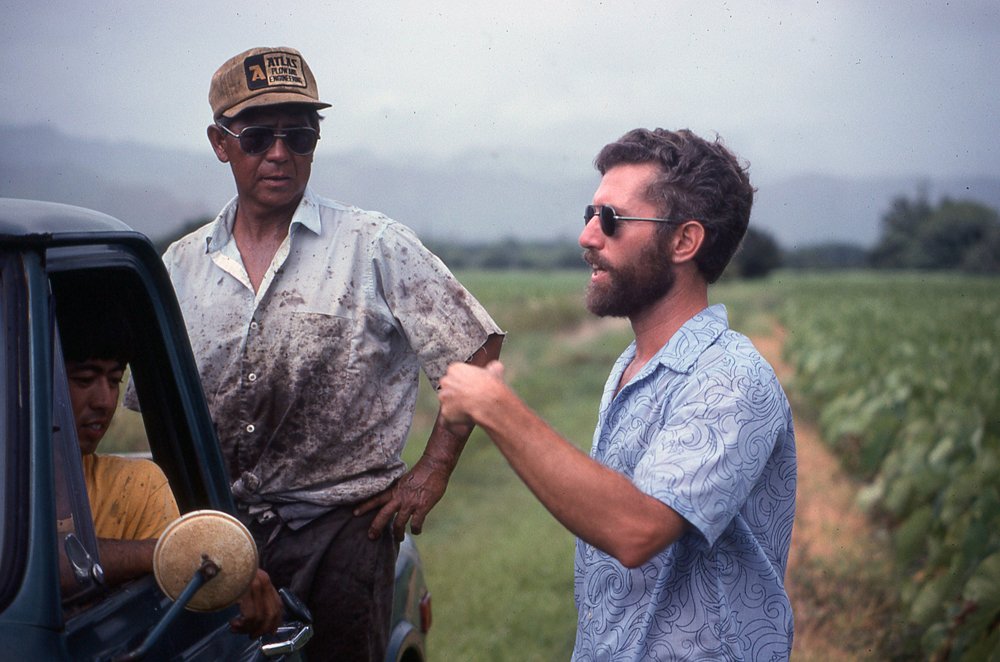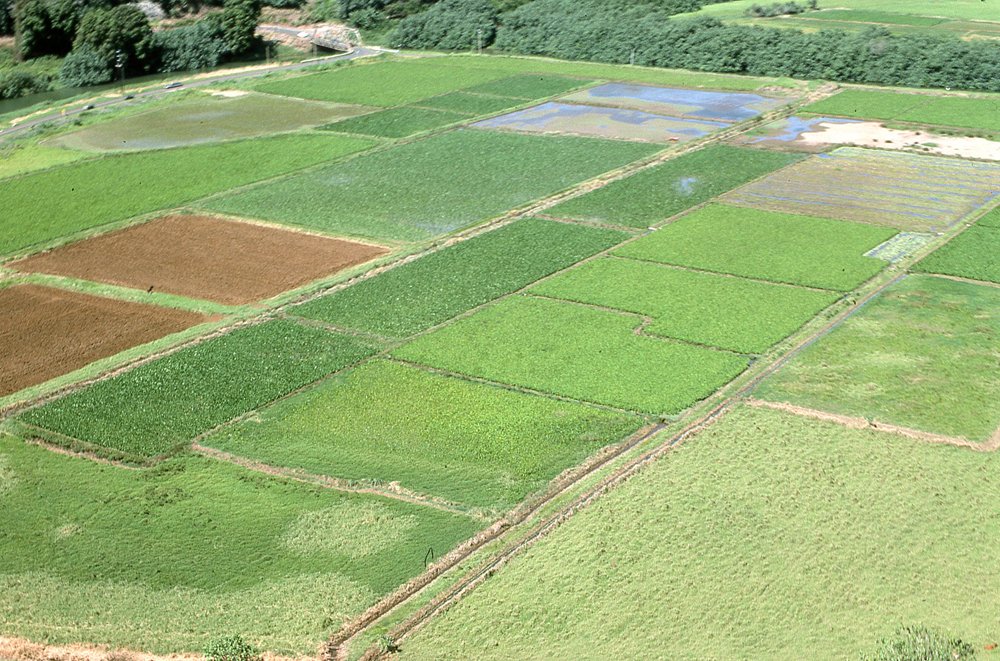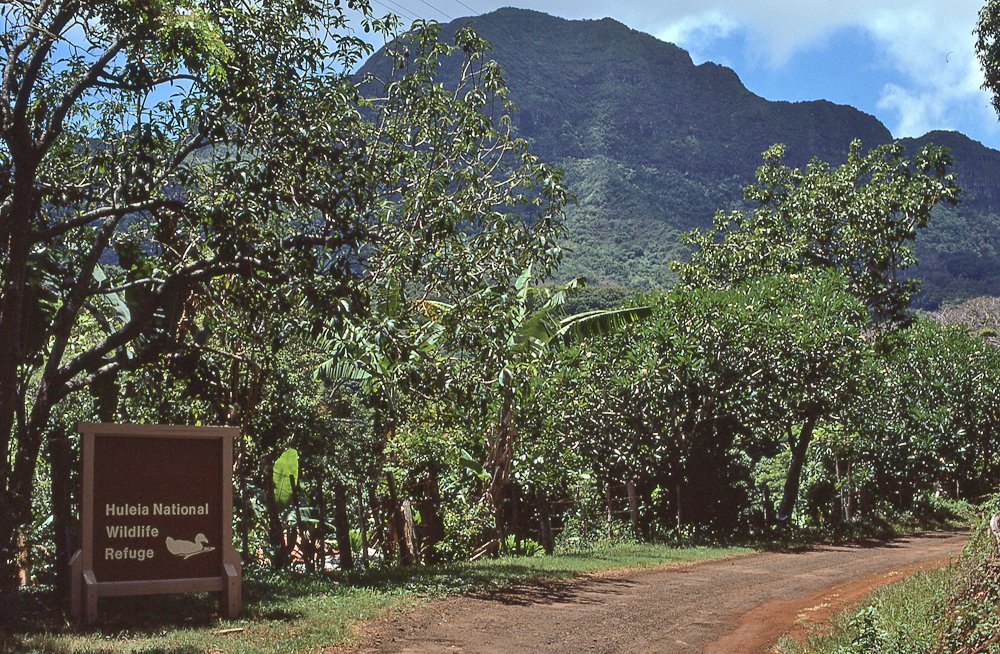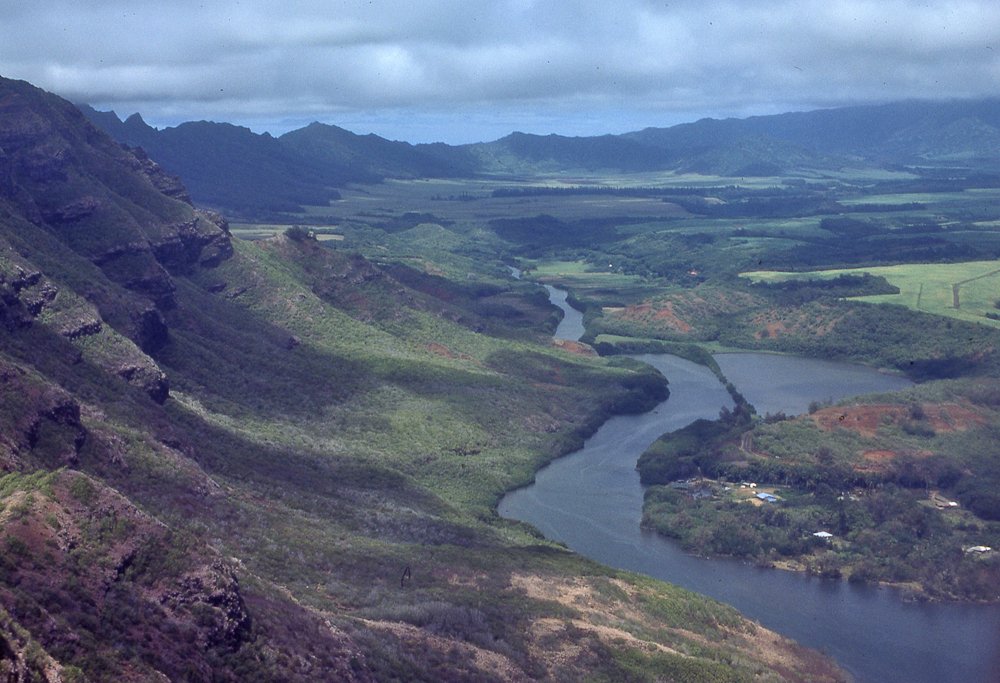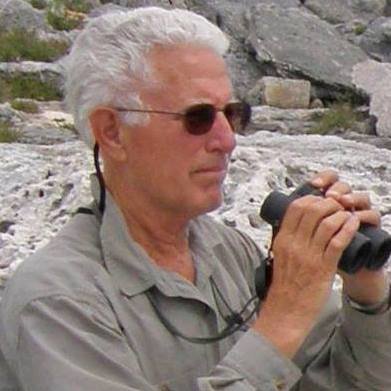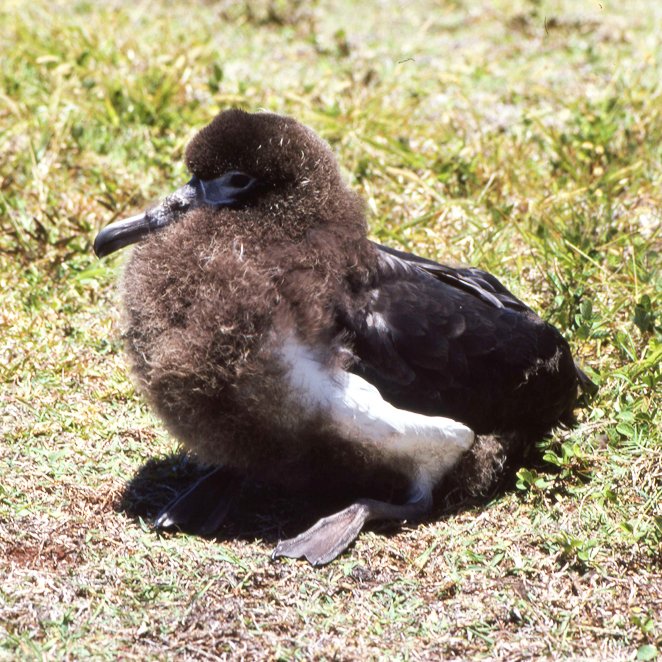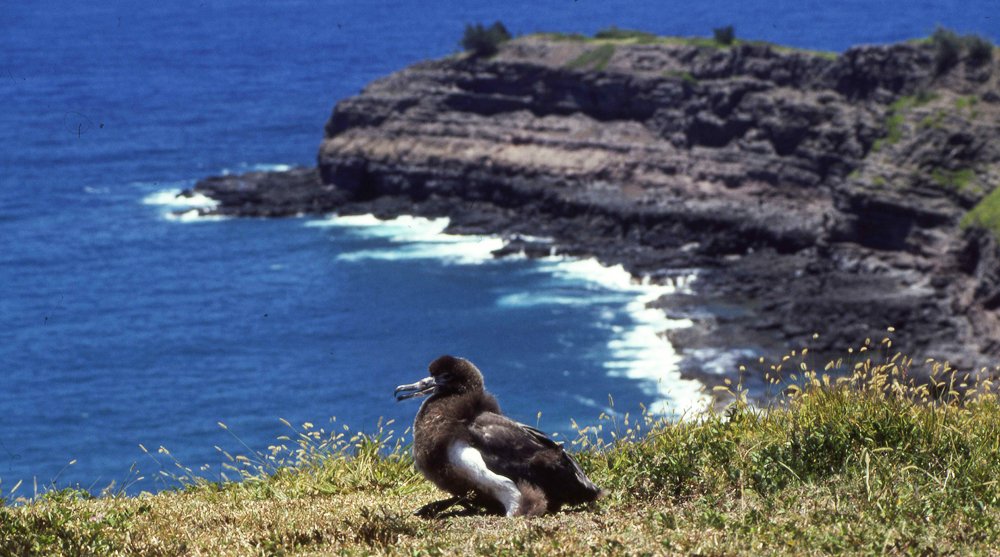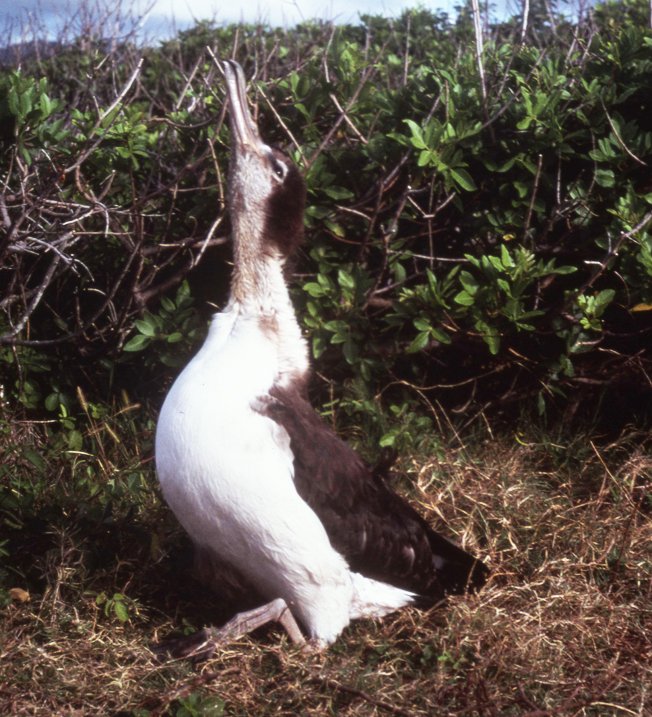Reflections from a Founding USFWS Team Member
Fred Zeillemaker served as Assistant Refuge Manager for the Hawaiian Islands National Wildlife Refuge (NWR) Complex from 1974 to 1977. At that time, Hanalei NWR had recently been established in 1972 and Hulēʻia NWR was formed in 1973. For his work on Kauaʻi, Fred was stationed at the Kīlauea Point Light Station. The lighthouse, which was previously operated by the U.S. Coast Guard, was decommissioned in 1976 and the site was not established as Kīlauea Point NWR until 1984. Here, Fred shares a reflection of his career with the U.S. Fish & Wildlife Service, with many varied experiences in service to our wildlife that spanned the country and the globe. Mahalo nui loa Fred for your life’s work and for sharing your story with us.
Fred:
While seeking a BS degree in wildlife management at Humboldt State University (HSU) in Arcata, California, as a sophomore, I was offered a summer position within the National Wildlife Refuge System (NWRS) of the U.S. Fish and Wildlife Service. As no Student Trainee positions were available in the NWRS for the summer of 1964, I was offered a laborer position at the Medicine Lake National Wildlife Refuge (NWR) in northeastern Montana. Through a stroke of incredible luck, the Student Trainee assigned there abandoned his position early in the period and I was asked to assume his duties. I dedicated almost every waking hour to my new position and at the end of my appointment was recommended for continuation as a Student Trainee the following summer.
During the summer of 1965 (between my junior and senior years) I returned to the NWRS as a Student Trainee and was assigned to the Malheur NWR south of Burns, Oregon. There I received a wide variety of experiences ranging from vehicle maintenance, to administrative duties, to touring refuge visitors, and participating in a wide variety of biological tasks, including waterbird and waterfowl banding. I eventually essentially served as the Assistant Refuge Biologist. My experiences even included banding more than 500 songbirds of 45 species using mist nets at Refuge Headquarters (sometimes from sunrise to sunset) due to my college studies requiring a personal banding permit. Among many great 1965 memories was sharing the building that included my apartment with a spotted skunk! That summer was literally a dream come true for me!
Upon graduation from HSU in January 1966 (shortly after my marriage to Melly), I was returned to the Malheur NWR as a fulltime Assistant Refuge Biologist, where I served until July when I departed for Newport, Rhode Island, where I joined the US Navy and attended Officer Candidate School. After graduation and follow up training to become a Communications and Top-Secret Control Officer, I was assigned to a supply ship home ported at Sasebo, Japan, from November 1967 to October 1969 (during the Viet Nam conflict).
Upon my discharge from the Navy and a bit of R&R, I resumed my federal wildlife career as the Refuge Biologist for the Willamette Valley & Oregon Islands NWR Complex from December 1969 to July 1974. I was stationed at the Wm. L. Finley NWR, but my responsibilities included the Baskett Slough NWR, Ankeny NWR, as well as all the coastal Oregon NWR’s, including Three Arch Rocks NWR. My duties even included overnighting on Goat Island in Brookings County to document the nesting of Rhinoceros Auklet in Oregon. During this assignment I was also privileged to assist with the formation of the National Audubon Society chapter in Corvallis.
I departed my final Oregon field assignment in the summer of 1974 and then assume duties as the Assistant Refuge Manager for the Hawaiian Islands NWR Complex through 1977, where I was stationed at a former US Coast Guard lighthouse facility atop a 181-foot-high headland on the north shore of Kauai (which was later established as Kilauea Point NWR).
In May 1987, after serving as the Refuge Manager at the Crescent Lake NWR in Nebraska and the Aleutian Islands at Adak, Alaska, I assumed the duties of assistant for Refuge Operations and later the Assistant Refuge Supervisor for NWR’s in Idaho, Oregon and Washington at the USFWS Regional Office in Portland. While in that position, I was able to visit all the NWR’s in those three states, plus several additional refuges in Nevada and California.
Not desiring to retire while in an office position, I applied for and was selected as the Refuge Manager of the 2.5-million-acre Izembek NWR Complex at Cold Bay near the tip of the Alaska Peninsula in November 1991. In March 1995, upon earning my 30 years of Federal Service pin, I was granted early retirement at 53 years and 10 months of age.
Melly and I then relocated to our current location (we call our 45 acres “Xylem Acres”) off the grid in the high country of west-central Idaho (only 30 miles east of the Oregon state line!). We had acquired our place in 1986, but only visited for vacations during the nine years prior to retirement. We proceeded to enjoy one final formal Oregon experience early in retirement by participating in the Oregon Breeding Bird Atlas for two breeding seasons in Malheur County.
Thanks to our international Navy experiences (the Orient), international FWS experiences (Russia), and our bird watching hobby, we became world travelers upon retirement. We have birded in at least 30 countries on every continent except Antarctica, including five Caribbean islands. In retirement we acquired a camp trailer to experience national parks, state parks and other wild areas across the US and western Canada. By the end of 2006 we had birded in every US state.
Photo Credits: Fred Zeillemaker

